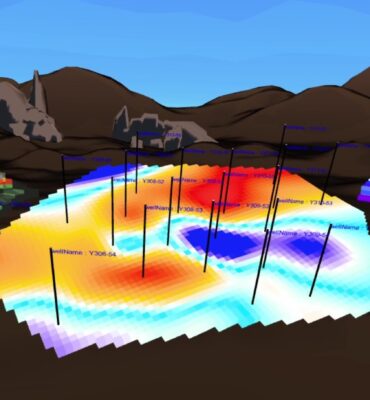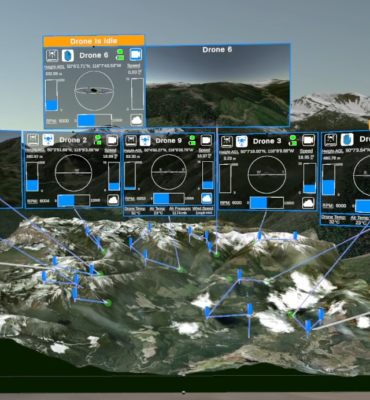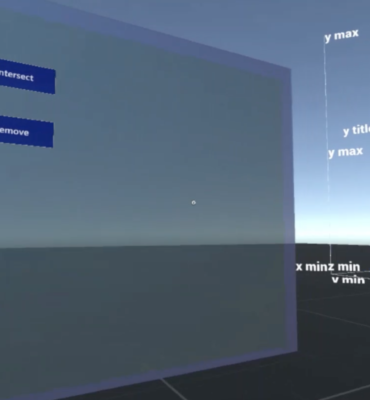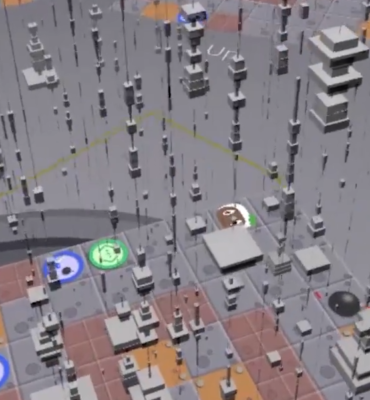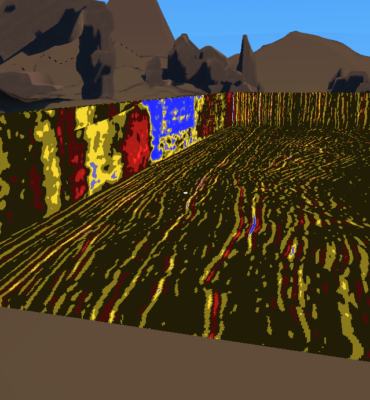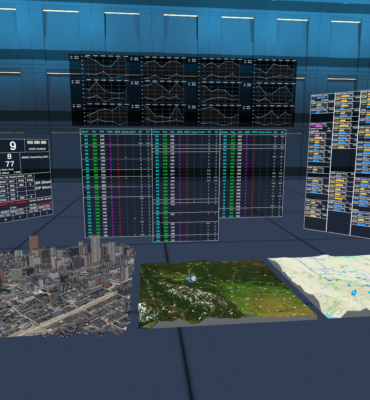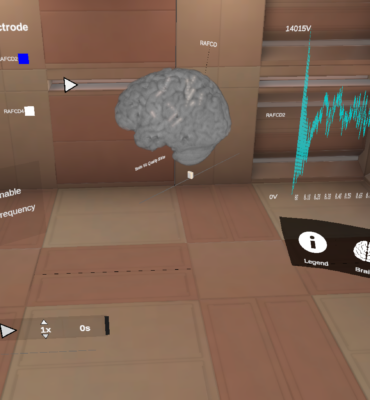
ExoAR
With the launch of both the Kepler and TESS space telescopes in the past decade, exoplanets have been a topic increasingly discussed in popular culture as scientists uncover more information about the many worlds beyond the Solar System. Despite this rising interest, there are few tools available that allow one to visualize and immersively interact with scientifically-accurate exoplanet data in order to see how these planetary systems would look in reality. As such, many rely on artist renditions and other such visualizations that, although being more readily available, are often quite scientifically inaccurate and portray fiction rather than fact. ExoAR aims to help solve this problem by using NASA’s Exoplanet Archive to dynamically model all known exoplanet systems with scientific precision in augmented reality. By doing so, ExoAR is intended to provide those interested in exoplanets a more intuitive way to interact with exoplanet system data and, in turn, yield in users an improved understanding of such systems and how they function.

ExoAR utilizes data concerning the host star and exoplanets of any desired planetary system, and through the use of astrophysical formulae, creates a moving, three-dimensional planetary system model in augmented reality as it would theoretically look in reality. This consists of accurate relative sizing of the host star and planets, all orbits exhibiting correct relative sizes and eccentricities, each planet’s movement corresponding to accurate periods, and even the color of light emanating from each host star being as accurate as possible. Users are able to separately adjust the rate of time and relative physical scales of the sun, planets, and orbits in a system to emphasize desired properties. One is also able to view a unique data profile for each system, enabling one to view the numerical values responsible for what they are seeing by displaying all notable information for every celestial object in said system. Additionally, in order to traverse between systems, a search menu allows the user to search for any known exoplanetary system and select the one they desire. Lastly, ExoAR is constructed in such a way so as to effortlessly deal with any future discoveries of new exoplanet systems by simply updating the source database. All of this can be viewed in the demonstration video below. For any questions or inquiries, one can contact Bryson Lawton at brlawton@ucalgary.ca.
Developed By:
Bryson Lawton and Frank Maurer

